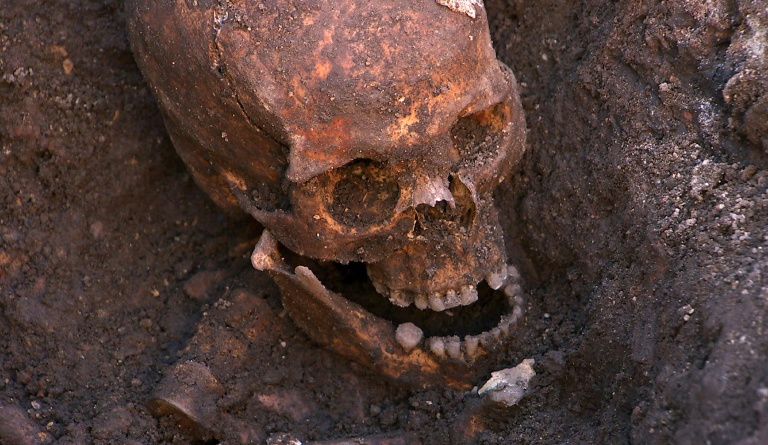
The long-standing mystery of the disappearance of two young princes from the Tower of London over five centuries ago has taken a surprising turn. British author Philippa Langley asserts that the princes, believed to have been murdered on the orders of their uncle, Richard Duke of Gloucester, may have actually survived. This claim challenges the traditional narrative that has portrayed Richard III as a child killer aiming for the English crown.
The princes, Edward V, aged 12, and his younger brother Richard, aged nine, vanished in 1483. Their remains were discovered nearly two centuries later in a wooden box at the Tower and were subsequently reburied at Westminster Abbey. The accepted story, popularized by William Shakespeare, painted Richard III as a scheming figure who eliminated his royal nephews to ascend to the throne.
Langley’s investigation began after she unearthed Richard’s remains in a car park in Leicester in 2012. Her interest deepened following a 2015 article questioning whether the nation should continue to vilify Richard as a “child killer.” “I realized that the story developed during the reign of the Tudors,” she explained. The Tudor dynasty, under Henry VII, is believed to have shaped much of the historical narrative surrounding Richard III.
The inquiry into the fate of the princes took on a new dimension when Langley adopted a cold case review methodology. She gathered a team of investigative specialists, including police and legal experts, who advised her to search for evidence as if it were a missing persons case. “If you haven’t got any confirmed, identified bodies, then it has to be a missing persons investigation,” they told her, leading to a decade-long effort known as the Missing Princes Project.
The project attracted numerous volunteers, from ordinary citizens to medieval historians, all eager to explore the mystery. Langley claims that the research has produced substantial evidence suggesting the survival of both princes. “The onus is now on Richard’s detractors to disprove the survival thesis,” she stated, emphasizing that the narrative of their murder is no longer as certain as it once appeared.
A crucial part of Langley’s argument is based on new documents that reference a rebellion involving Lambert Simnel, a pretender to the throne who emerged in 1487. The project uncovered references indicating Simnel was described as “a son of King Edward,” which Langley interprets as evidence that he could be the elder prince.
Reactions to Langley’s research have been mixed. Michael Dobson, director of the University of Birmingham’s Shakespeare Institute, expressed skepticism about the likelihood of Richard leaving the princes alive. “Given the ways of dynastic monarchy, I think Richard would have been taking a very big risk in leaving those princes alive,” he remarked.
As the debate continues, Langley’s findings challenge centuries of historical consensus and encourage a reevaluation of one of England’s most notorious royal mysteries. Her book, “The Princes in the Tower: Solving History’s Greatest Cold Case,” details her findings and the implications they hold for understanding the past.






